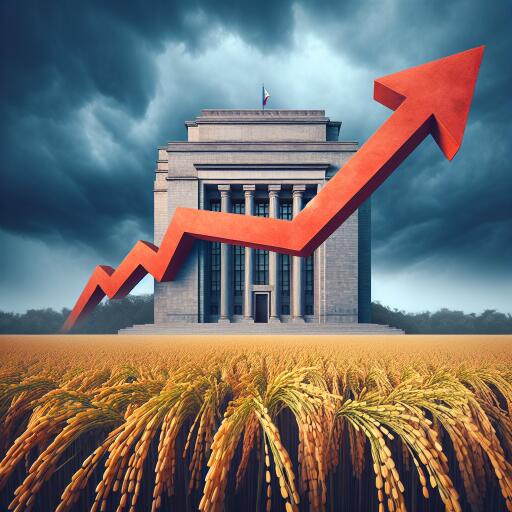Philippine Central Bank Anticipates Price Risks Amid Rising Rice Costs
In a startling update, the Philippine central bank has forecasted a potential upsurge in inflation rates, spurred by the adverse effects of El Niño and a significant rise in rice prices, casting a shadow over the nation’s economic outlook. Despite a recent dip in inflation to a three-year low, the Bangko Sentral ng Pilipinas remains vigilant, suggesting that the relief may be temporary.
January saw inflation taper off to 2.8%, the lowest since October 2020, diverging from previous forecasts. However, rice, a staple in the Filipino diet, hit a 15-year peak, escalating 22.6% from the previous year. This marks the third consecutive month of acceleration in rice prices, underscoring the Philippines’ vulnerability to fluctuations in this basic commodity.
The central bank has signaled a continuation of its hawkish monetary stance, emphasizing the necessity of maintaining stringent policy settings to combat inflationary pressures. These pressures stem from a variety of factors, including El Niño’s impact on food prices and potential hikes in transport fares and electricity rates.
With the balance of risks tilting towards heightened inflation, the BSP underscores the importance of vigilance. Governor Eli Remolona has hinted that interest rate cuts are unlikely in the near term, reaffirming a commitment to stave off inflationary risks with a policy rate maintained at a nearly 17-year high of 6.5% after several adjustments since May 2022.
As the nation braces for these anticipated economic challenges, the central bank prepares for its next rate-setting meeting on February 15, ready to adapt its strategies based on the latest inflation and economic growth data.
The evolving situation underscores the precarious balance the Philippine economy currently navigates, highlighting the critical role of monetary policy in safeguarding against external shocks and ensuring long-term stability.
